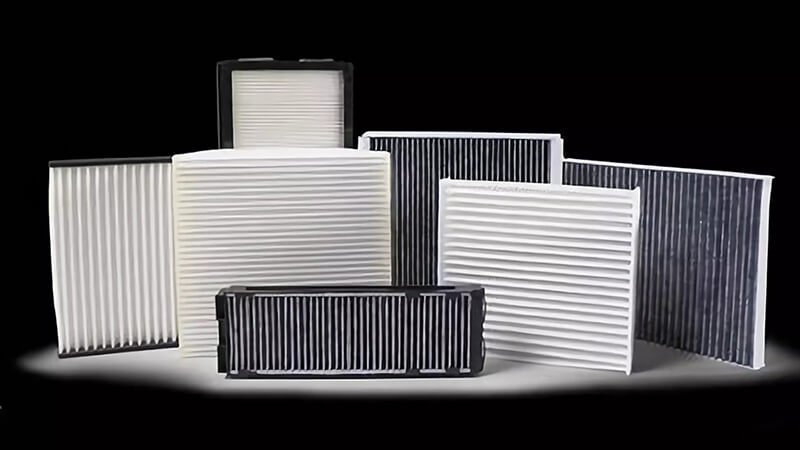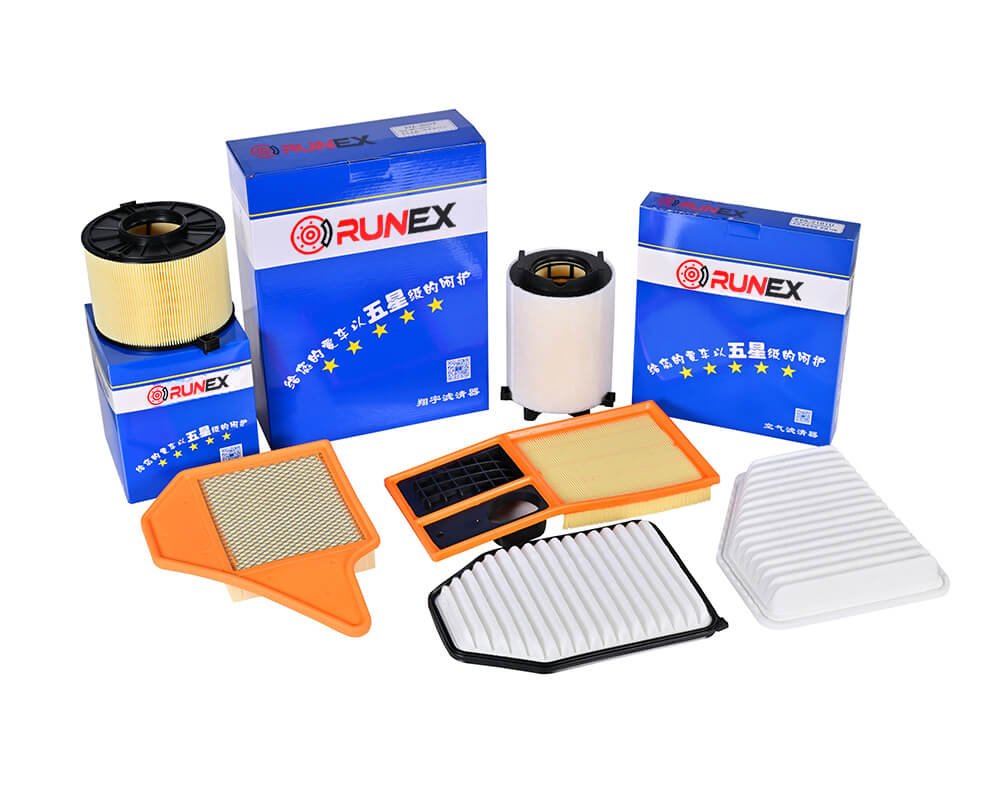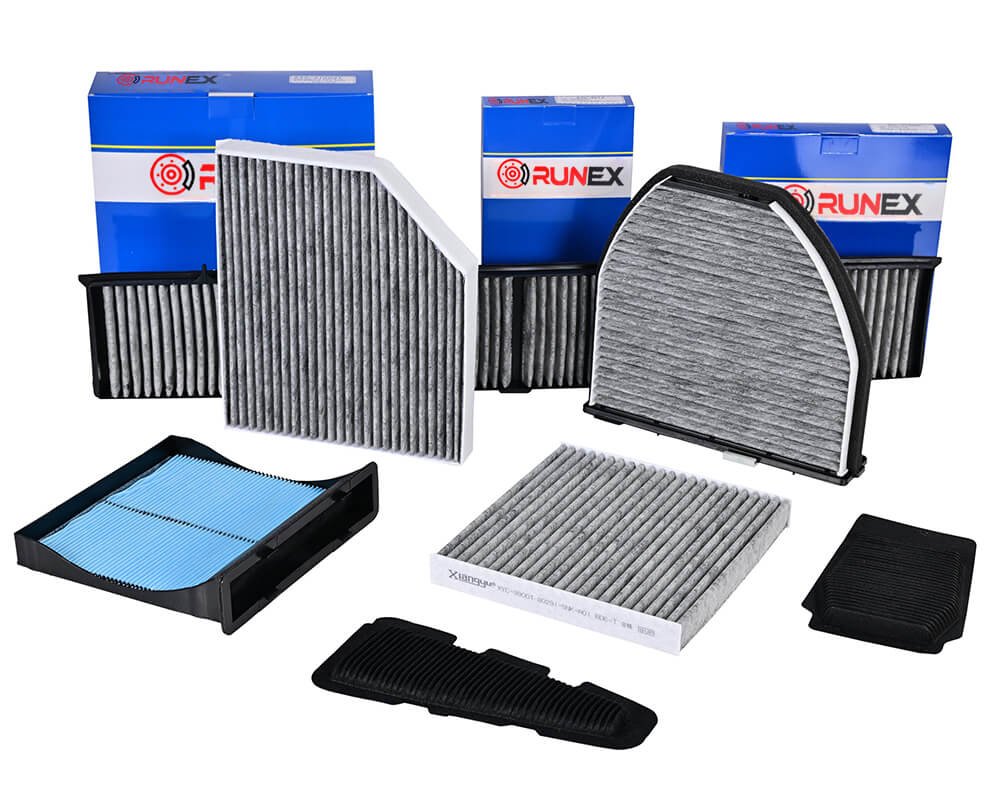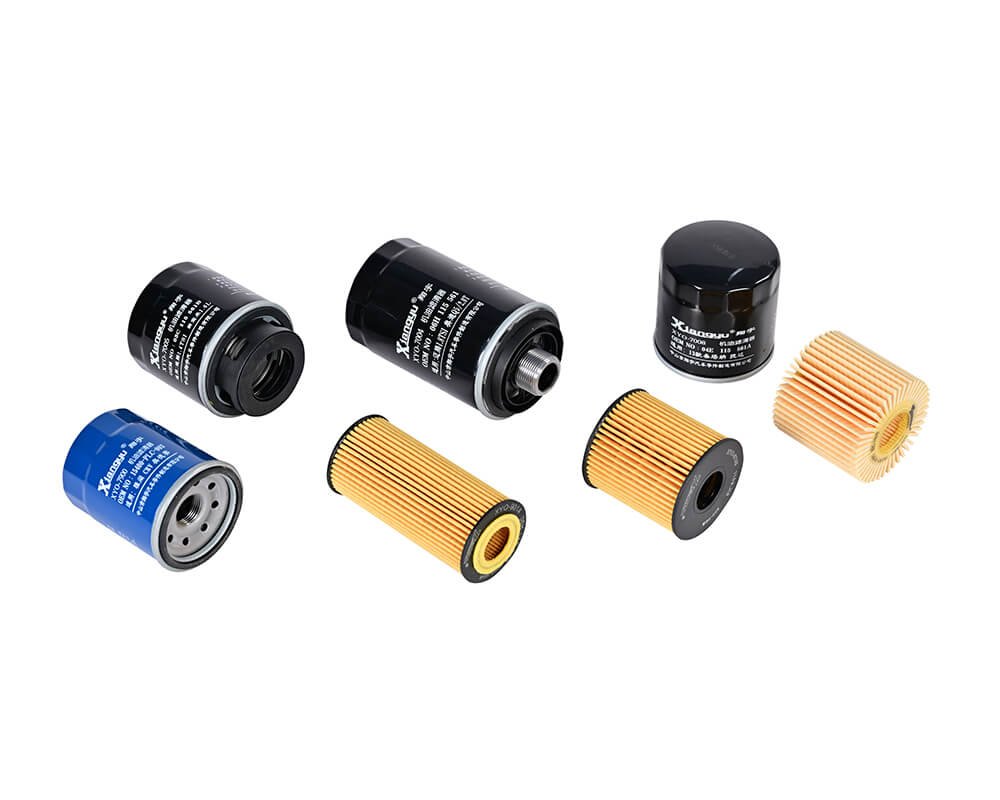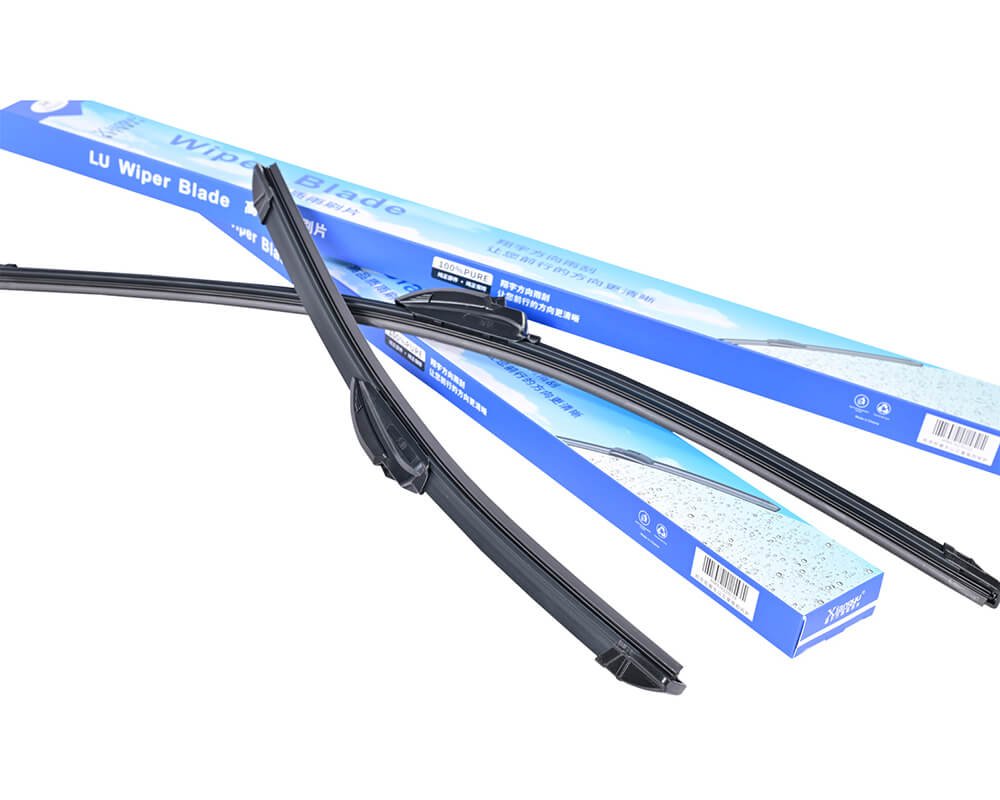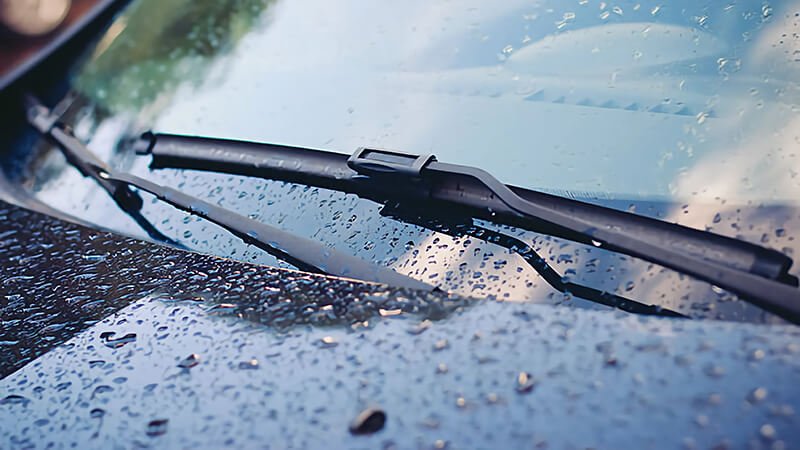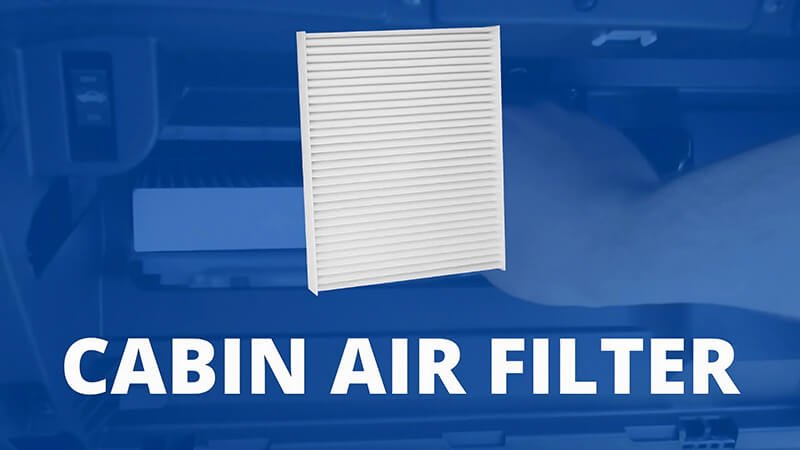Are you struggling with stuffy air inside your car? A dirty cabin air filter might be the culprit. Let me show you how to replace it yourself.
Replacing your car cabin air filter is easier than you think. Follow this DIY guide to improve your vehicle's air quality and ensure a comfortable drive.
Don't let a clogged air filter affect your driving experience. Keep reading to learn the simple steps to replace it yourself.
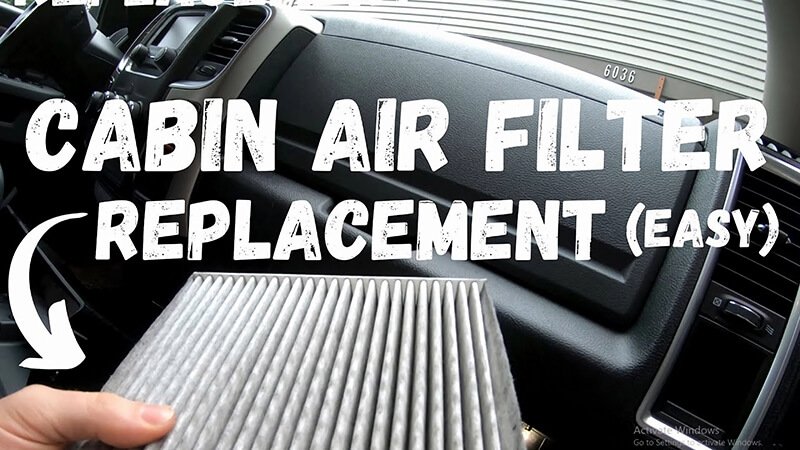
Can I replace car cabin air filter myself?
Absolutely, you can replace your car cabin air filter1 yourself. It's a straightforward task that doesn't require specialized tools2 or extensive mechanical knowledge3. Most modern vehicles have easily accessible cabin air filters located behind the glove compartment or under the dashboard. By taking a little time to follow the right steps, you can save money and ensure your car's air quality4 remains top-notch.
Replacing the cabin air filter yourself is not only cost-effective but also empowers you to maintain your vehicle's health without relying on a mechanic.
Taking on this task yourself can be rewarding and ensures you have control over the quality of the parts used in your vehicle.
Steps to Replace the Cabin Air Filter
Replacing your cabin air filter involves a few simple steps:
- Locate the Filter: Typically found behind the glove compartment or under the dashboard.
- Remove the Old Filter: Open the compartment, remove the old filter carefully to avoid releasing trapped dust and debris.
- Choose the Right Filter: Ensure you have the correct filter for your car's make and model.
- Install the New Filter: Place the new filter in the same position as the old one.
- Reassemble: Put everything back together and ensure there are no gaps.
| Step | Description |
|---|---|
| Locate the Filter | Find the filter housing in your vehicle's interior. |
| Remove the Old Filter | Take out the old filter gently to prevent mess. |
| Choose the Right Filter | Match the filter to your car's specifications. |
| Install the New Filter | Insert the new filter correctly, ensuring proper fit. |
| Reassemble | Close the compartment and check for proper installation. |
By following these steps, you can easily replace your cabin air filter and enjoy cleaner air in your vehicle.
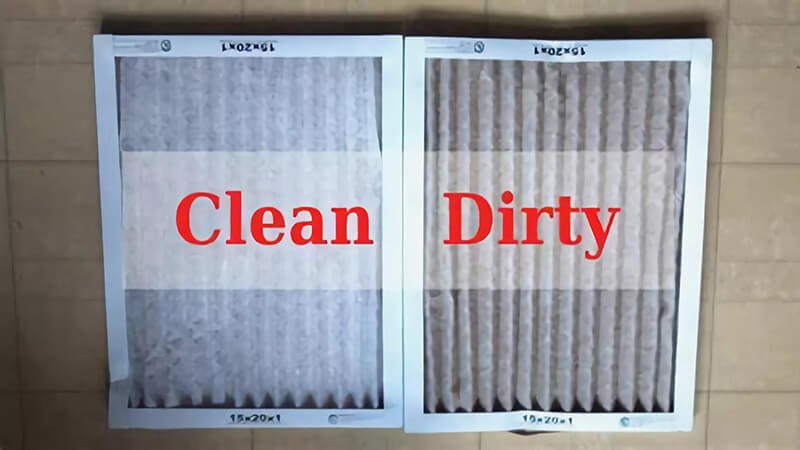
What are the signs of a bad cabin air filter?
A dirty cabin air filter5 can lead to several noticeable issues in your vehicle. You might experience reduced airflow from the vents6, making it harder to cool or heat the car effectively. Additionally, a clogged filter7 can cause unpleasant odors inside the cabin, as it traps dust, pollen, and other contaminants. In some cases, you might notice increased strain on your car's HVAC system8, leading to higher energy consumption and potentially costly repairs down the line.
Recognizing these signs early can prevent more significant problems and ensure your car remains comfortable and efficient.
Identifying these symptoms allows you to take timely action, maintaining both your vehicle's performance and your personal comfort.
Common Indicators of a Clogged Cabin Air Filter
Understanding the signs of a bad cabin air filter helps you address the issue promptly:
- Weak Airflow: Noticeably less air coming from the vents.
- Unpleasant Odors: Musty or stale smells inside the car.
- Increased Allergens: More dust and pollen entering the cabin.
- Strain on HVAC System: Reduced efficiency and potential overheating.
- Foggy Windows: Poor ventilation can lead to increased moisture buildup.
| Indicator | Impact on Vehicle Performance |
|---|---|
| Weak Airflow | Reduced effectiveness of heating and cooling systems. |
| Unpleasant Odors | Decreased comfort due to trapped smells. |
| Increased Allergens | Potential health issues from poor air quality. |
| Strain on HVAC System | Higher energy consumption and possible system damage. |
| Foggy Windows | Reduced visibility and safety due to moisture buildup. |
By keeping an eye out for these signs, you can maintain optimal air quality and vehicle performance.
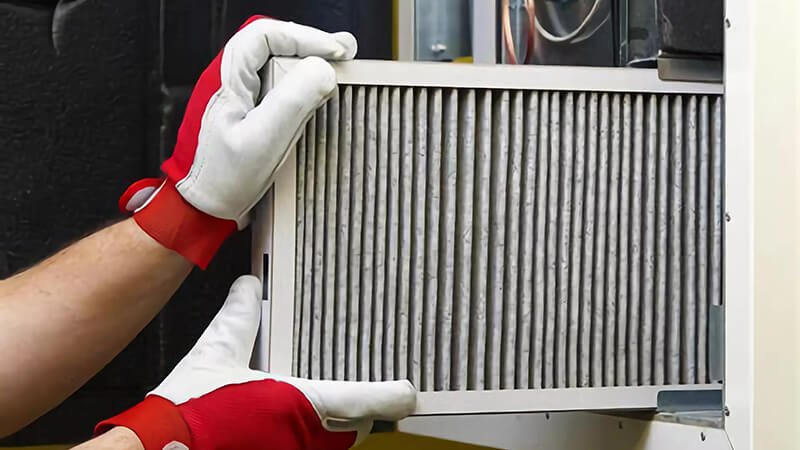
Can I run my AC without a cabin air filter?
While it's technically possible to run your car's AC system9 without a cabin air filter10, it's not recommended. The cabin air filter plays a crucial role in trapping dust, pollen, and other airborne particles, ensuring that the air inside your vehicle remains clean. Without it, these contaminants can enter the HVAC system11, potentially causing damage to components like the blower motor12 and the air conditioning unit itself. Additionally, running the AC without a filter can lead to increased wear and tear, reducing the lifespan of your system and resulting in higher maintenance costs over time.
Operating your AC without a cabin air filter can compromise air quality and accelerate the deterioration of your vehicle's HVAC system.
Maintaining the cabin air filter is essential for both the health of your vehicle and your personal comfort.
Consequences of Running AC Without a Cabin Air Filter
Operating your AC without a cabin air filter can have several negative effects:
- Increased Dirt and Debris: More particles enter the HVAC system, leading to potential blockages.
- Damage to Components: Critical parts like the blower motor can suffer from excessive wear.
- Reduced Air Quality: Poor air filtration can lead to health issues from inhaling pollutants.
- Higher Maintenance Costs: More frequent repairs due to HVAC system damage.
- Decreased Efficiency: The system has to work harder, leading to reduced performance and higher fuel consumption.
| Consequence | Description |
|---|---|
| Increased Dirt and Debris | More contaminants enter the HVAC system, causing blockages. |
| Damage to Components | Blower motors and other parts may wear out faster. |
| Reduced Air Quality | Cleaner air is compromised, affecting passenger health. |
| Higher Maintenance Costs | More frequent and costly repairs needed for the HVAC system. |
| Decreased Efficiency | The AC system works harder, leading to lower performance. |
These consequences highlight the importance of maintaining a clean cabin air filter for the longevity and efficiency of your vehicle's HVAC system.
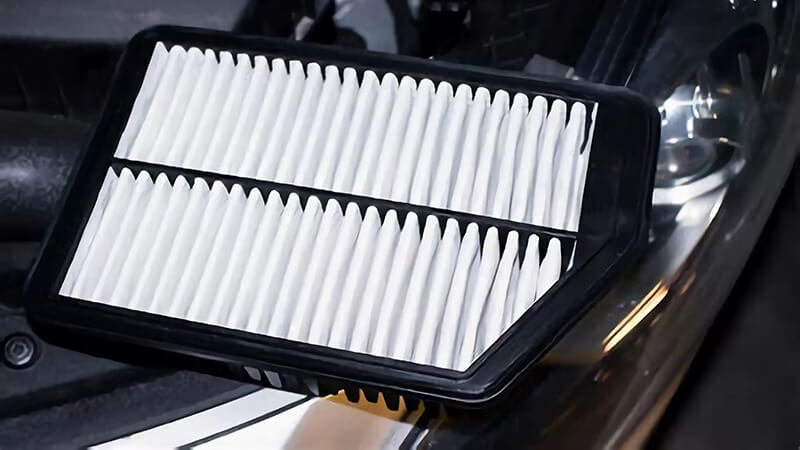
What happens if you never change your cabin filter?
Neglecting to change your cabin air filter13 can lead to a host of problems that affect both your vehicle and your driving experience. Over time, a clogged filter14 restricts airflow, making it harder for your car's HVAC system15 to regulate temperature effectively. This can result in inconsistent heating and cooling, making your drives uncomfortable. Additionally, the accumulation of dirt and debris can cause the system to overheat16, potentially leading to costly repairs or even system failure. Poor air quality17 inside the car can also exacerbate allergies and respiratory issues, impacting your health during commutes. In the long run, ignoring filter maintenance can decrease your vehicle's resale value due to the deteriorated condition of the HVAC components.
Failing to replace your cabin air filter can compromise your vehicle's performance, air quality, and overall longevity.
Regular maintenance of your cabin air filter is essential to avoid these negative outcomes and keep your vehicle running smoothly.
Long-Term Effects of Not Changing the Cabin Air Filter
Ignoring cabin air filter maintenance can lead to several long-term issues:
- HVAC System Strain: The system works harder to push air through a clogged filter, leading to faster wear.
- Increased Repair Costs: Damaged components due to debris buildup can be expensive to fix.
- Decreased Fuel Efficiency: The HVAC system's reduced efficiency can lead to higher fuel consumption18.
- Poor Resale Value: Potential buyers may be deterred by a neglected HVAC system.
- Health Implications: Continuous exposure to poor air quality can lead to chronic health issues.
| Long-Term Effect | Impact on Vehicle and Health |
|---|---|
| HVAC System Strain | Faster wear and tear, leading to premature system failure. |
| Increased Repair Costs | More frequent and costly repairs needed for damaged parts. |
| Decreased Fuel Efficiency | Higher fuel consumption due to inefficient system operation. |
| Poor Resale Value | Lower market value of the vehicle due to neglected maintenance. |
| Health Implications | Potential respiratory issues from poor air quality inside the car. |
Addressing these effects early by regularly changing your cabin air filter can save you time, money, and ensure a healthier driving environment.
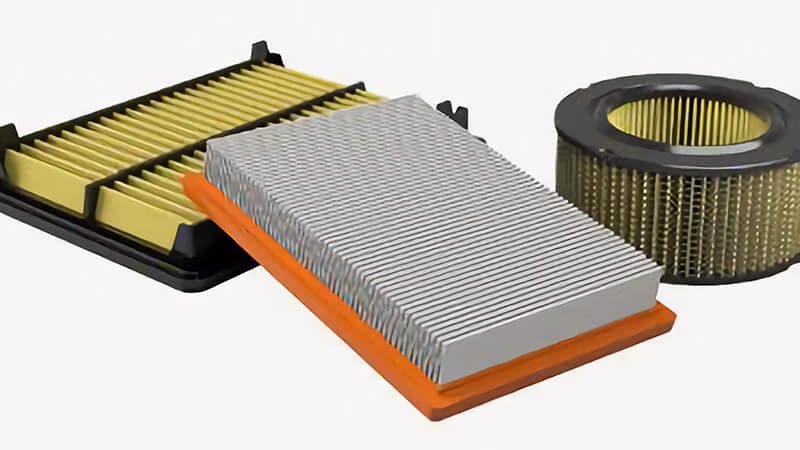
Conclusion
Replacing your car's cabin air filter is a simple yet crucial maintenance task that enhances air quality and supports your vehicle's HVAC system. By following this DIY guide, you can ensure a comfortable and healthy driving experience while prolonging the life of your car's components. Don't wait until problems arise—take charge of your car maintenance today.
-
Learn how cabin air filters improve your vehicle's air quality. ↩
-
Determine necessary tools to simplify the filter replacement process. ↩
-
Understand the basic skills needed for DIY filter replacement. ↩
-
Discover ways to enhance your vehicle's interior environment. ↩
-
Learn how a cabin air filter maintains your car's air quality. ↩
-
Understand reasons behind reduced airflow and how to fix it. ↩
-
Discover the consequences of a clogged filter on your car. ↩
-
Learn how the cabin air filter impacts your HVAC system's performance. ↩
-
Understand how your AC system works and its benefits for your vehicle. ↩
-
Learn the importance of cabin air filters for vehicle air quality. ↩
-
Discover the impact of filters on your HVAC system's performance. ↩
-
Learn how blower motors function within your vehicle's HVAC system. ↩
-
Understand how cabin air filters protect your vehicle's interior air quality. ↩
-
Learn the consequences of not replacing a clogged cabin air filter. ↩
-
Discover how the HVAC system regulates your car's temperature. ↩
-
Find out why HVAC systems overheat and how to prevent it. ↩
-
Learn the health risks associated with poor in-car air quality. ↩
-
Understand the link between HVAC efficiency and fuel usage. ↩

